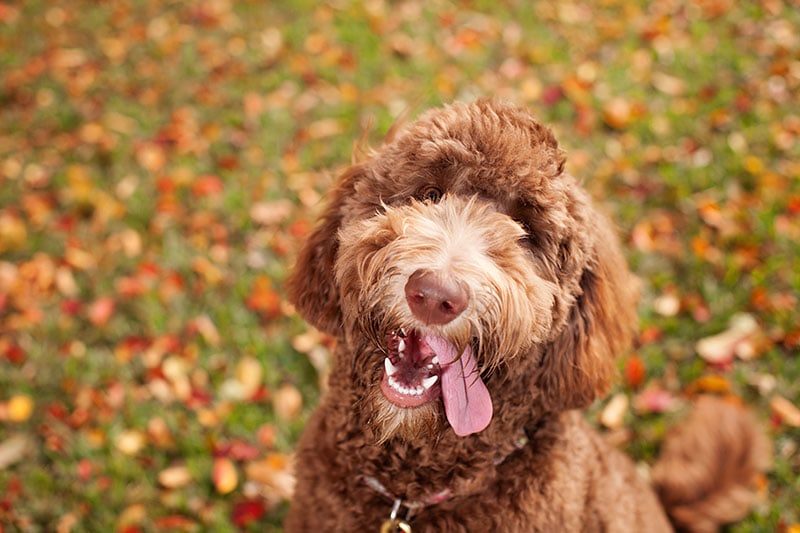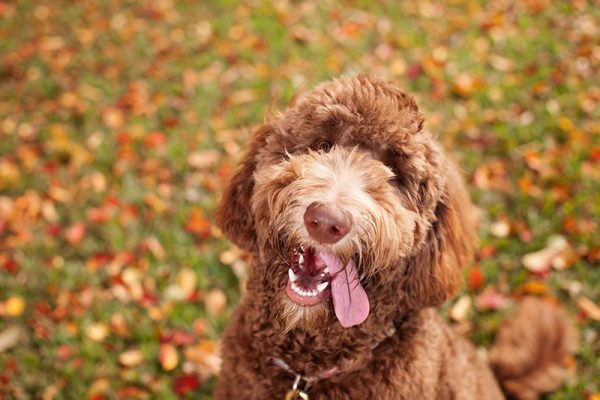Labradoodles are incredibly loyal and friendly, making them ideal for families with kids and the elderly. Since the dogs are easy to train, they are fit for first-time parents. But the primary purpose of originally breeding Labradoodles was to make a hypoallergenic guide dog. Since there is no such thing as a truly allergen-free dog, Labradoodles are not hypoallergenic although many people consider them to be because their coats are low-shedding.
Due to this, they can make great companions for some people with asthma or hypersensitivities. It is recommended to discuss getting a dog with your doctor or allergologist before going ahead. Here’s a detailed guide on the proposed hypoallergenic nature of Labradoodles.
What Does It Mean for a Dog to Be Hypoallergenic?
A dog is considered hypoallergenic when the breed is less likely to cause an allergic reaction in people with dog-allergic sensitivities. So called hypoallergenic dogs often do not shed their fur as much. So, the allergens don’t so easily come in contact with humans. Up to date 6 allergens have been found to be produced by dogs; Can F1, 2, 3, 4, 5 and 6. With allergies to Can F1 and 5 being the most common.
For a dog to be hypoallergenic it would need to produce fewer allergens in their skin secretions, urine and saliva. However, although the Poodle is popularly considered a hypoallergenic breed, in two studies they were shown to produce more allergens than other breeds including Labradors and Yorkshire Terriers.
But it’s important to remember that no dog is 100% hypoallergenic. People with hypersensitivities may still experience an allergic reaction.

Why Are Labradoodles Hypoallergenic?
Labradoodles are considered hypoallergenic because they were bred to be that way. Wally Conron, a guide dog trainer, bred the first Labradoodle. He wanted to create a hypoallergenic guide dog that he could use for his work.
Conron used to work with a blind assistance association. His job was to train dogs as a part of the association’s program, where he did most of his work with Golden Retrievers and Labradors. But one day, he got a request from a woman whose blind husband was allergic to dogs. She wanted him to create a hypoallergenic dog that could serve as a dog for her husband.
At that time, it was thought that Poodles were hypoallergenic because they have curly hair and do not shed so much dander. Conron worked with 33 poodles for 3 years to find the best dog for his work. However, he failed because no Poodles could work as guide dogs. He then went on to cross a Poodle with a Labrador.
The result was three pups, one of whom was hypoallergenic and had the aptitude for working as a guide dog. Initially, people did not want to adopt a dog that was not a pure breed. The three pups were growing, but Conron couldn’t find socialization homes to take them in. Seeing this, he felt the need to change people’s perceptions.
So, he contacted the media and told them about this new breed. The news spread quickly, bringing Conron hundreds of requests to get Labradoodles.
Which Types of Labradoodles Are Most Hypoallergenic?
There are three types of Labradoodles based on their weight and height:
- Standard: These are 21 to 24 inches in height and weigh 50 to 65 pounds.
- Medium: These Labradoodles are 17 to 20 inches tall and weigh 30 to 45 pounds.
- Miniature: The miniature Labradoodle is the smallest variety. weighing only 15 to 25 pounds. It is 14 to 16 inches high.
The coat color can vary from milky white and chalky to apricot, copper, chocolate, black, and golden.
There are also 3 coat types:
- Woolly: These coats are similar to Poodle’s coats. They can be allergy-friendly but require regular grooming.
- Hair: Labradoodles’ hair may be curly, wavy, or straight. The frequency of shedding will depend on the litter and the parents. Such dogs are not entirely hypoallergenic.
- Fleece: Labradoodles with fleece coats are claimed to be the best option for people with hypersensitivities. Fleece coats do not shed and are easy to maintain.
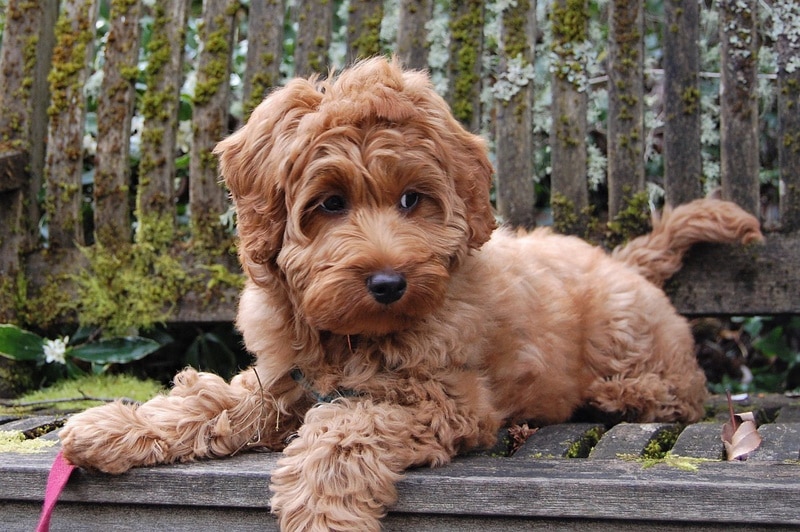
Can a Labradoodle Not Be Hypoallergenic?
Some Labradoodles can cause more severe allergic reactions. Individual genetics in both the dog and their pet parent may result in allergic reactions even from a supposedly hypoallergenic dog. No dogs are an-allergenic, (unable to produce an allergic reaction). For example, the F1 Labradoodles, a 50/50 mix of Labrador and Poodle, are not considered hypoallergenic.
These dogs shed less than their Labrador parent but have full and thick coats. So, they still shed. People with asthma and hypersensitivity might have allergic reactions to such dogs.
The F2 hybrid is a mix of two F1 hybrids. These dogs often do not shed at all. So, they are considered most likely to be hypoallergenic.
The Multi-Gen or F3 Labradoodles are a combination of two F2 hybrids. They are also considered hypoallergenic and shed very little.
But it’s important to be cautious when buying F3 Labradoodles. Make sure you only buy from a breeder who has crossed a purebred Labrador and Labradoodle to create the F1 and F2 breeds that formed the F3 breed.
Which Doodle Breeds Are Considered More Hypoallergenic Than Labradoodles?
Doodle dogs are a cross between any dog breed and a Poodle. The Poodle could be a standard, toy, or miniature variety. While some people think doodles are designer breeds, others consider them a mixed breed.
You can compare four types of doodles in terms of their hypoallergenic nature. These include:
When compared, Goldendoodles and Bernedoodles are anecdotally said to be more hypoallergenic than Labradoodles and Aussiedoodles. There are no scientific studies into these claims.
So, if you are highly sensitive, you might want to look for Goldendoodles or Bernedoodles. But if you have mild allergies, the Labradoodles could be your loyal companion.
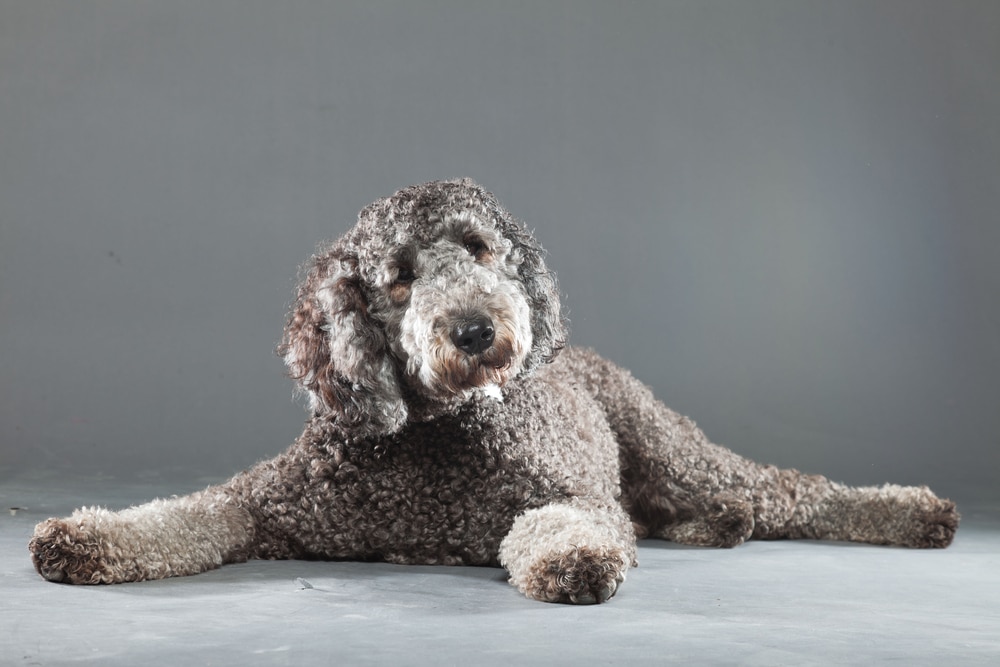
What to Consider Before Buying a Hypoallergenic Dog
While mixed breeds or designer dogs do well in certain departments, they’re not always the easiest to maintain. Here are a few things to remember before buying a Labradoodle.
Breeder Research
When searching for a dog breeder, it’s best to check breed registries. Many associations, such as the American Kennel Club, have a list of reputable breeders you can buy from.
You can also get referrals from friends or family who may have bought a dog from a breeder and had a positive experience. Word-of-mouth referrals are often better than online reviews.
When you find a breeder, ask them for health certifications. Labradoodles are prone to hip dysplasia, Addison’s disease, von Willebrand’s disease, and progressive retinal atrophy.
Ask the breeder to certify that the pup is healthy and has had the necessary tests.
Grooming
Since Labradoodles have thick and wavy coats, they require proper grooming. Here are some tips:
- Brush your dog’s coat outwards from the skin using a slicker brush. If the hair is too long, use a wide-toothed comb to brush the hair in an outward direction.
- Hold the Labradoodle’s skin while brushing to prevent discomfort. If you come across mats or knots, use a slicker brush to remove them.
- Cut the knots gently with scissors if they do not come out with brushing.
- Use battery-operated trimmers or blunt scissors to trim the hair around your Labradoodle’s eyes. Also, remove the hair growing between their eyes and at the bridge of their noses.
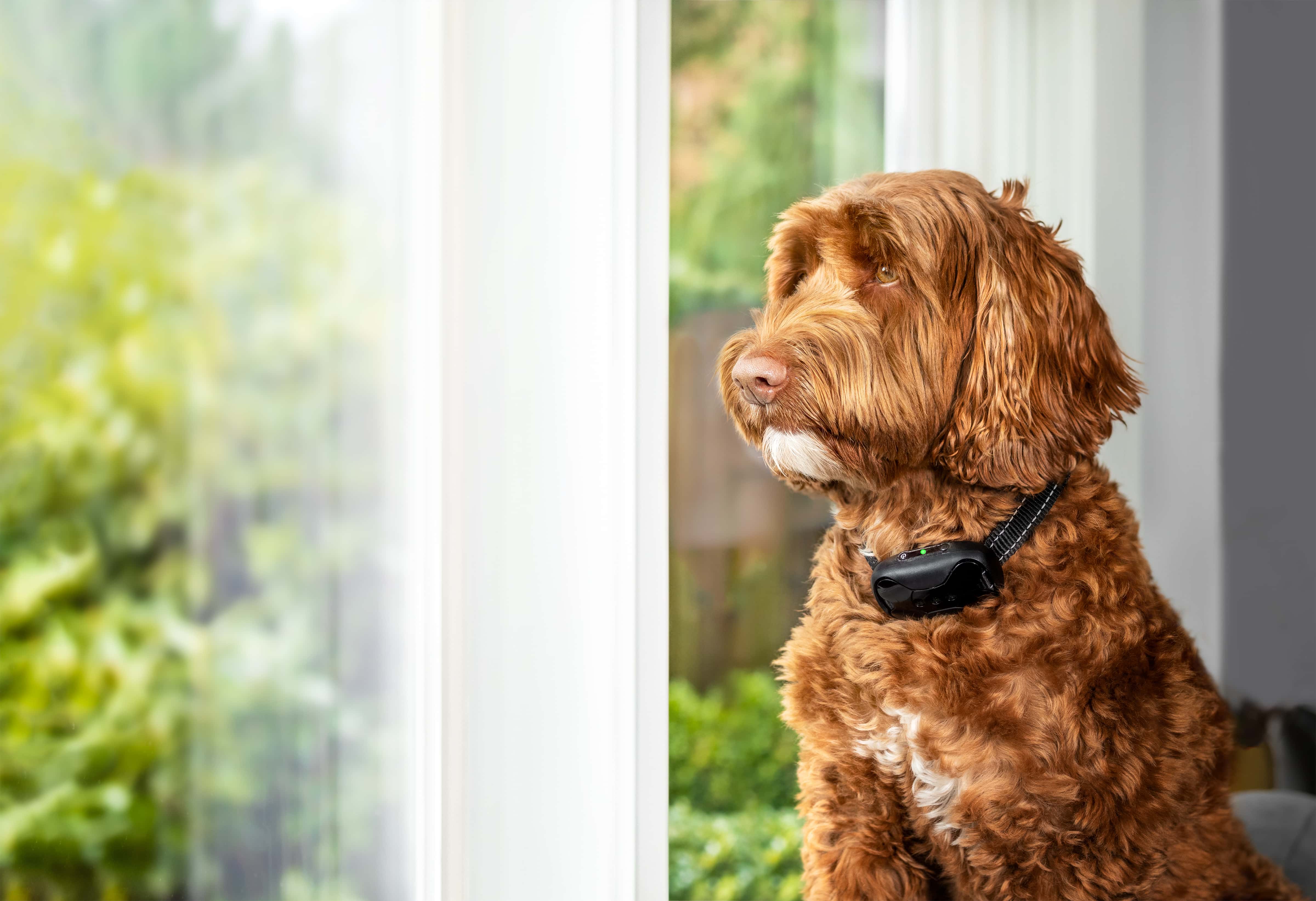
Alternatives for Dealing With Pet Allergies
As mentioned, some Labradoodles may still cause allergies in their owners. You can use the following tips to combat or minimize pet allergies.
Wash Up
Labradoodles require washing once a month. Since it’s not possible to wash your dog every week, you should wash your face and hands after cuddling your furry friend.
You can also use a damp cloth to remove the allergens and dirt from your Labradoodle.
No-Bedroom Rule
Your bedroom should be a dog-free zone if you are sensitive to dander and allergens. You should also regularly clean your sheets to remove the dander that might have sneaked in from under the door or your clothes.
It’s a good idea to keep a HEPA air purifier in your room if you suffer from asthma. The purifier will help eliminate the airborne particles that can cause an allergic reaction.
Allergen-Capturing Air Filters
Some air filters are designed to capture and remove allergens from the air. These filters can be installed in the air conditioner or furnace of your house.
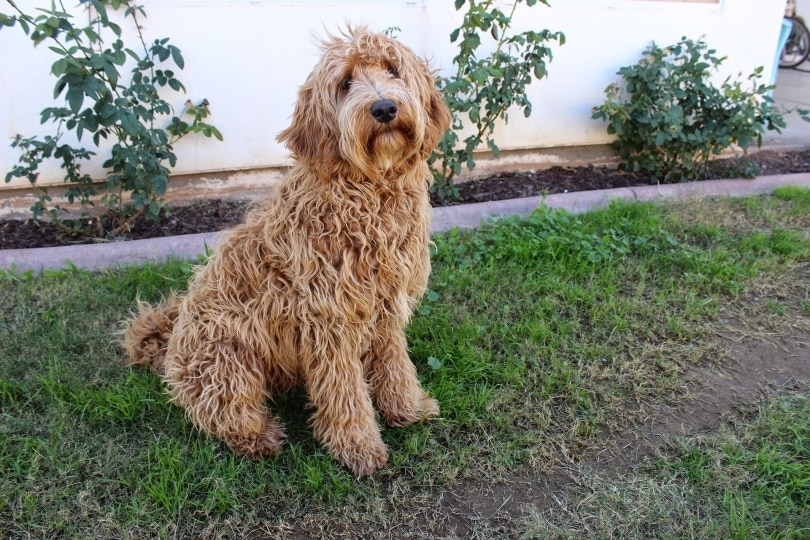
Final Thoughts
Labradoodles are among the most beloved dog breeds due to their cute appearance and comfy companionship. They can make great pets for people with allergies due to their hypoallergenic nature but this cannot be guaranteed.
Labradoodles do not shed as much as other dogs, releasing less allergy-causing dander in the air. If you want to get a Labradoodle, look for a reliable breeder and check with your doctor first.
- Related Read: How Much Do Labradoodles Smell?
Featured Image Credit: The Dog Photographer, Shutterstock
Contents
- What Does It Mean for a Dog to Be Hypoallergenic?
- Why Are Labradoodles Hypoallergenic?
- Which Types of Labradoodles Are Most Hypoallergenic?
- Can a Labradoodle Not Be Hypoallergenic?
- Which Doodle Breeds Are Considered More Hypoallergenic Than Labradoodles?
- What to Consider Before Buying a Hypoallergenic Dog
- Alternatives for Dealing With Pet Allergies
- Final Thoughts

